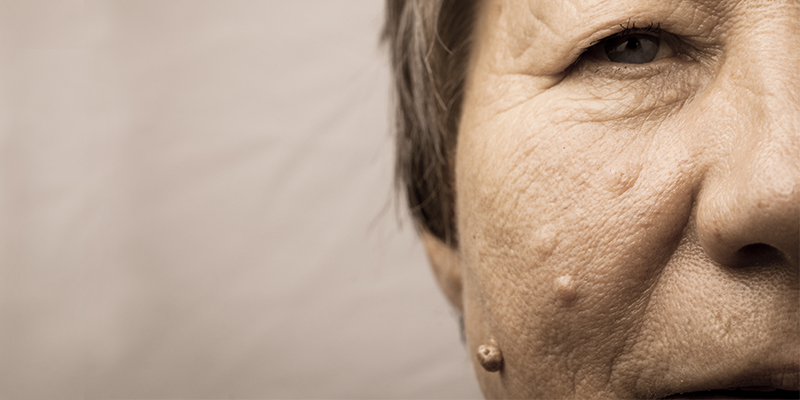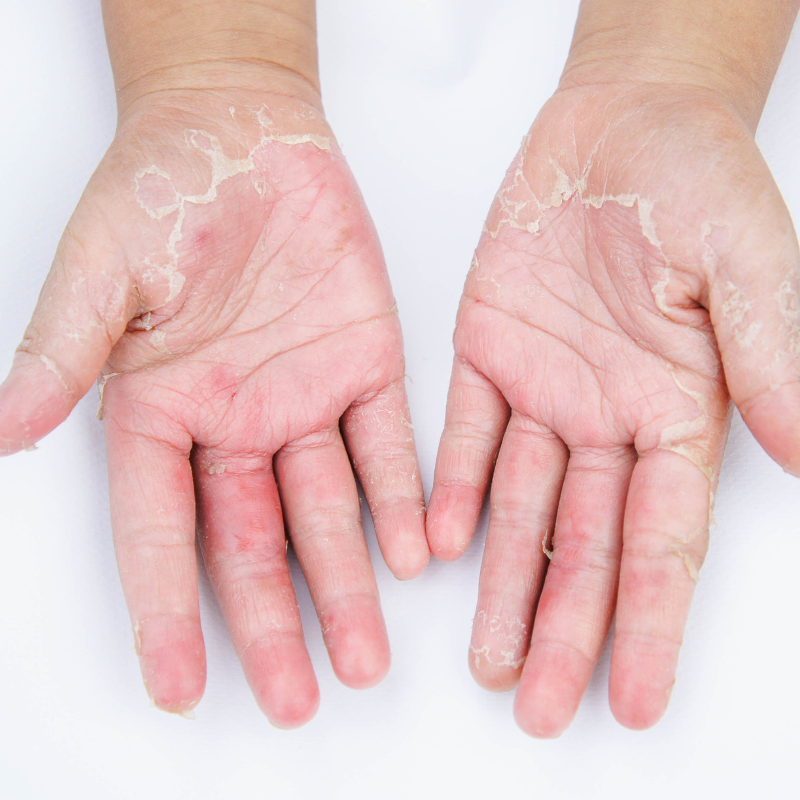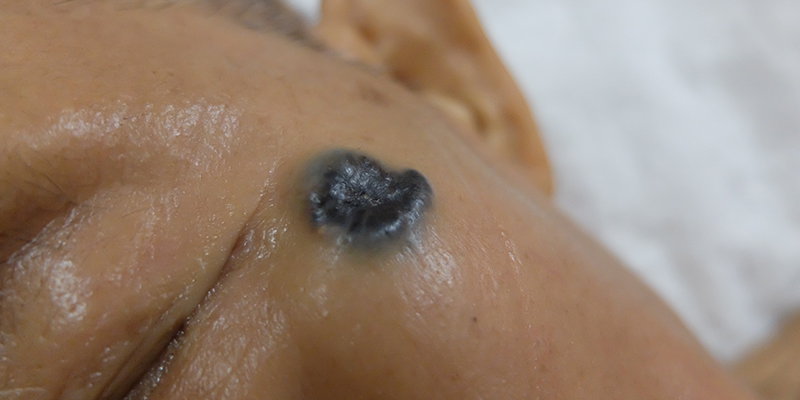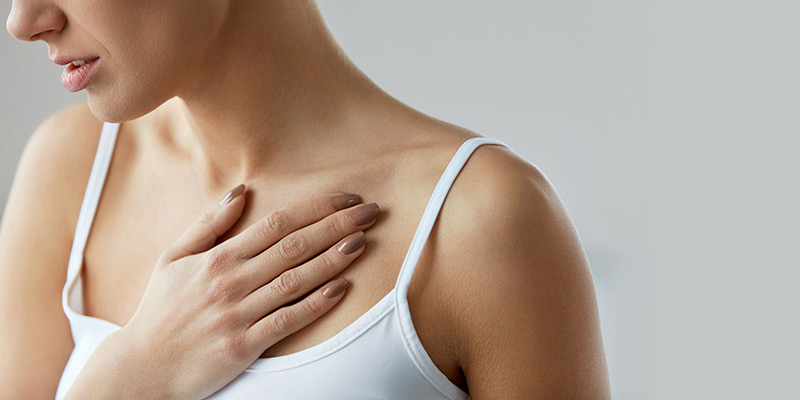In This Article
How To Remove Warts On Face?
Warts are so unattractive, even the word can make you cringe. They are ugly little things that can take the charm away from a beautiful face. Not the same as moles, warts are big, bumpy monstrosities that are caused by a virus. While they are unpleasant, they are curable! Ridding yourself from warts is a simple procedure that can be performed by a dermatologist easily.
In This Article

What Are Common Warts?
Wart is skin outgrowths that are caused by a virus known as human papillomavirus (HPV). HPV infects the top layer of skin usually through cuts, lesions, and bruises. The skin in the infected area divides and grows to form a wart. In most cases, warts go away by themselves in a couple of months to a few years and do not require treatment.
Warts can occur on any part of the body – face, fingers, genitals, foot, etc. and they come in various forms. People who handle live chicken, fish, and other farm animals are most likely to get warts.
What Causes Warts On Face?
There are many ways of contracting warts. Warts can occur among people of any age and gender. Let’s look at the main causes of warts –
- The virus HPV can spread easily. An old wart can be spread to other parts of the body causing more warts.
- You can contract the virus easily in an environment that is damp such as showers, swimming pool areas, and locker rooms. It is important to keep your skin dry and clean.
- Common warts are often seen amongst people who deal with livestock and meat.
- Plantar warts occur easily on swimmers’ feet. They are usually wet and damp, often scratched and broken by rough pool surfaces.
- Warts are easily developed on cuts, closely trimmed/bitten nails, a hangnail, and scraped skin.
- Genital warts can be caused if the region is damp and unclean. People who suffer from STDs will most likely have genital warts as well.
Who Gets Warts?
Warts are contracted by anyone, with some people being more prone to contracting the wart viral infection when compared to others. People who are at higher risk are –
- Young children and teenagers
- People who tend to pick at their hangnails or even bite their nails
- A weakened immune system
Most often, warts go away without treatment, especially among children. A dermatologist should treat warts immediately when they start to hurt, cause pain or multiply quickly.
Must Read: How To Get Rid Of Moles?
What Are The Different Types Of Warts?
There are many types of warts. Each one looks different and can occur for different reasons. Warts are classified into six types based on their symptoms:
-
Genital Warts:
These warts appear on your anus or genitals. They are skin-colored or whitish bumps. You can have genital warts without having any other symptoms of an STD.
-
Plantar Warts:
These are warts that grow on the soles of the feet and sometimes in between toes. These warts are different from other warts as they grow into your skin, instead of out of it. They are easily identified as they create a small hole in the bottom of your foot that is surrounded by hardened skin. They can make walking highly uncomfortable. Plantar warts can be prevented by wearing shoes near damp and moist surfaces.
-
Filiform Warts:
These grow around your mouth, nose, and sometimes on your neck and under your chin. They look like tiny skin tags/flaps. They are the same color as your natural skin color.
-
Common Warts:
These are skin growths seen mostly on fingers and hands. They have a grainy texture making them rough to the touch. They consist of clotted blood vessels and tend to look like tiny seeds. Often blackish in color, these types of warts spread very easily when compared to the other types. Untreated cuts and bruises, which often go unnoticed on the hands, are easily infected by HPV and can lead to common warts. Treatment is necessary when they start to multiply and become painful.
-
Flat Warts:
These are smooth, brown/yellow/flesh colored and flat-topped bumps that are the size of pinheads. These warts are very contagious but painless as they are benign. They can be commonly found on the back of the hand, legs, and on the face. Flat warts appear in large numbers.
-
Periungual And Subungual:
These warts occur under and around the toenails and fingernails. They can be very painful as they occur under the nails and prohibit them from growing. Periungual warts are commonly seen amongst nail bitters and in peelers.
Must Read: How To Get A Flawless Skin?
How To Remove Warts On Face?
Warts are easy to remove. Many cosmetic treatments are effective in removing skin warts. Let’s look at some treatments to remove facial warts:
-
Laser Treatment:
It is a treatment that uses light energy to target a wart and remove it from the root. This burns and destroys wart’s tissue. Anesthetic cream is applied before the laser treatment depending on the size and number of warts. It has 100% success rate compared to other treatments. Laser therapy can be used to remove all types of warts, even genital warts.
-
Chemical Peels:
The dermatologist will apply chemical peels with glycolic acid, salicylic acid or tretinoin acid to gently lift and peel the wart away. This treatment is used for common and periungual warts.
-
Topical Creams:
Topical applications such as imiquimod, cantharidin, and retinoid creams are used on warts that small and new. These treatments take anywhere from 12 weeks to 16 weeks to show 100% result.
-
Immunotherapy Treatment:
This treatment uses the patient’s own immune system to remove and fight warts. It is used along with other external treatments to strengthen the fight against this skin disease. It uses a chemical called diphencyprone (DCP) to kill the wart virus. All types of warts can be treated with this.
-
Intralesional Injection:
Bleomycin is an intralesional injection used for viral warts when other treatments fail. It is highly successful for patients who suffer from immunocompromised problems. It is an excellent remedy for plantar and periungual warts.
-
Liquid Nitrogen:
The easiest and simplest way to remove warts is to freeze them. Liquid nitrogen (Cryotherapy) can be used to freeze warts, which causes a blister to form under and around the wart. This helps to lift the wart away from the skin within a week. It is painful but highly effective. This treatment is most useful for treating common, plantar, flat, periungual, and filiform warts, but not genital warts. There are plenty of do-it-yourself kits available in the market, but its best left to dermatologists.
-
Warts Surgery:
When all other treatments fail to remove warts, surgery is the last best option. The dermatologist will surgically remove the wart using a scalpel or a small, spoon-shaped tool, commonly known as curettage. They may even use electricity to burn off the wart, which is known as Electrosurgery. You may need an anesthetic shot before the surgery. Removing warts using either of these treatments can lead to scarring, if not done properly.
When Should You See A Doctor?
Warts are highly contagious. They must be treated and covered when they are newly formed. It is necessary to see a doctor or dermatologist under following circumstances –
- If you have an existing wart and it starts to change the color.
- If it starts to expel pus or ooze some liquid, it is important to see a doctor immediately.
- If you have tried removing warts using home remedies, and it has proven to be unsuccessful after 2-3 months of use.
- The skin seems to be infected by many warts in short period of time despite treatment.
- Plantar warts can make walking a painful process.
- People with peripheral arterial disease and diabetes as they fall under the high-risk category.
- Warts that are near your genitals or anus.
- If you have a bacterial infection with symptoms including fever, discharge of pus, swelling, and tenderness.
Must Read: How To Find The Best Skin Doctor Near You?
Can Warts Be Passed On From One Person To Other?
Yes, warts can be easily passed on if left untreated. The virus present on the wart can be passed to another part of the body as well as another person.
Is It Possible To Prevent Warts?
Yes, it is easy to prevent warts. Remember these tips if you want to prevent warts –
- If your nails or cuticles have warts, do not bite them as the infection can easily spread from one finger to another.
- Some people can carry the virus with no visible signs of warts.
- Avoid walking barefoot on warm and moist surfaces where the virus can easily grow. Wear footwear while using public showers, pools, and locker rooms.
- Warts can grow on injured skin; you can prevent this by covering your cut/scrape with a bandage.
Will Warts Go Away On Their Own?
Since the virus causes the skin to grow rapidly, this can form a wart. Most warts do tend to fade away on their own which can take anywhere from a few months to a year. They can occur on any part of the body.
What’s The Best Way To Remove Warts From Face?
There are two methods to remove warts from face. Both are reliable and highly effective. The first method is using a chemical peel such as salicylic acid to gently remove the wart. This does not cause any side effects or scars. The second is laser. Lasers are very effective when it comes to removing warts. They are non-invasive, are carried using a safe procedure, and have shown 100% success rate.
Warts are an embarrassment that you cannot cover, even with makeup. There are many options available to remove warts forever. You don’t need to hide your face any longer, nor do you need to resort to unpleasant methods to eradicate warts. Visit your local dermatologist to see the best option available to help rid your skin from warts permanently.








